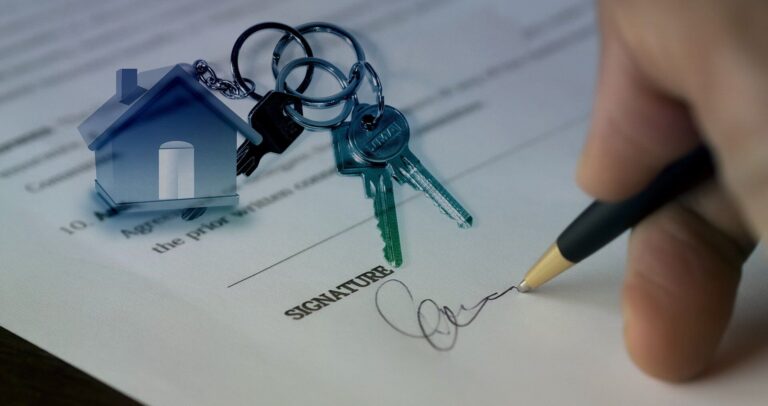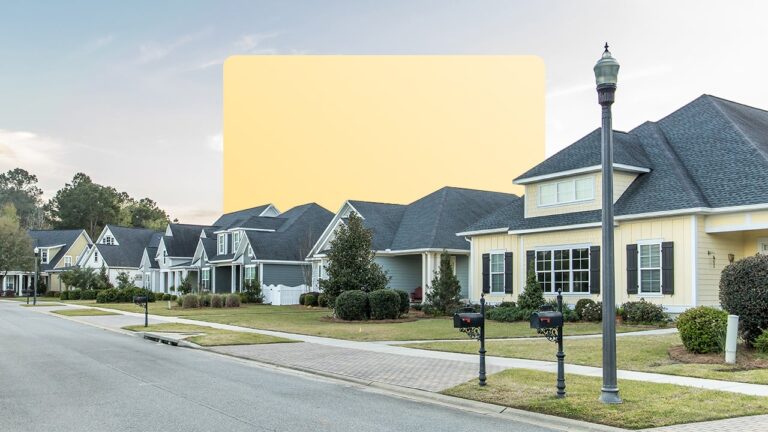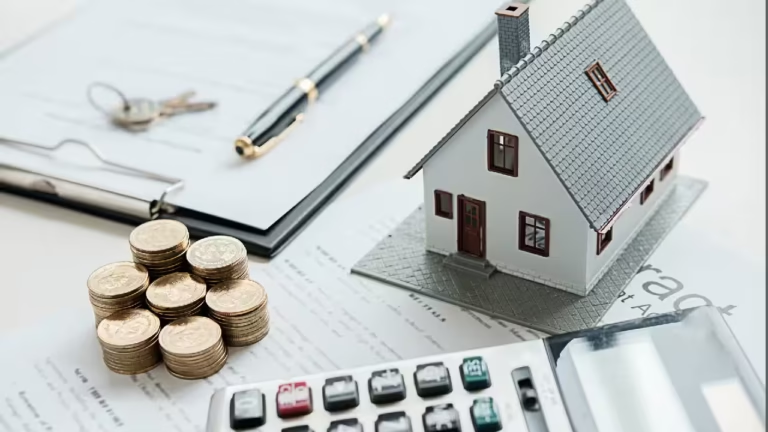When you’re preparing to purchase a home, it’s easy to focus on the obvious costs—the down payment, monthly mortgage, and closing costs. However, there are many hidden expenses that can catch first-time homebuyers off guard. These costs can add up quickly and may affect your ability to afford the home in the long term. In this blog, we’ll explore the hidden costs of buying a home and how you can plan for them to avoid financial surprises.
1. Home Inspection Fees
One of the most crucial steps in the home-buying process is the home inspection. While it’s tempting to skip this step to save money, doing so can cost you far more in the long run. A home inspection ensures that you’re aware of any issues with the property, such as structural problems, pest infestations, or faulty plumbing and electrical systems.
The cost of a home inspection typically ranges from $300 to $500, depending on the size of the home and the location. Some online real estate agents may be able to recommend trusted inspectors, helping you make sure you’re hiring a qualified professional. If issues arise during the inspection, you may also need to pay for follow-up inspections or further evaluations.
2. Appraisal Fees
In addition to a home inspection, your lender will likely require a professional appraisal to assess the value of the property. The appraisal helps ensure that the home is worth the price you’re paying and protects the lender’s investment. The cost of an appraisal generally ranges from $300 to $700.
While appraisal fees are typically paid upfront, the lender will provide this as part of your closing costs, so it’s important to factor this into your budget when calculating the total cost of buying the home. Some real estate agents in USA may help you estimate all of the costs associated with this process.
3. Closing Costs
Closing costs are one of the most significant hidden expenses of buying a home. These costs cover everything from title insurance to loan origination fees. Closing costs usually total 2% to 5% of the home’s purchase price. For example, if you’re buying a $300,000 home, you could be looking at closing costs anywhere from $6,000 to $15,000.
Some of the specific closing costs include:
- Loan origination fees: The cost your lender charges to process your loan application.
- Title insurance: This protects against any potential issues with the title or ownership of the property.
- Escrow fees: Fees for services related to the closing process, including managing the distribution of funds.
- Attorney fees: In some states, you’ll need an attorney to help with the closing process.
If you’re worried about these costs, discuss them with your real estate agent online, as they may be able to help you find ways to minimize or negotiate these fees.
4. Homeowners Insurance
Most lenders require homeowners insurance as part of the mortgage process. This insurance protects you from damage or loss due to events such as fires, theft, or natural disasters. The cost of homeowners insurance varies depending on factors like location, home size, and coverage level.
On average, homeowners insurance costs around $1,000 to $2,000 per year. However, if you’re buying a home in an area prone to natural disasters (such as floods, earthquakes, or hurricanes), your insurance premiums may be significantly higher. It’s important to shop around for different policies to find the best deal.
5. Private Mortgage Insurance (PMI)
If your down payment is less than 20% of the home’s purchase price, you’ll likely be required to pay private mortgage insurance (PMI). PMI protects the lender in case you default on the loan, and the cost can vary from 0.3% to 1.5% of the original loan amount annually.
For example, on a $300,000 loan with a PMI rate of 1%, you could end up paying around $3,000 per year for PMI, or about $250 per month. PMI payments can add up quickly, so it’s essential to budget for them when considering your overall mortgage costs.
6. Property Taxes
Property taxes are one of the ongoing expenses associated with homeownership. These taxes are typically paid annually or semi-annually and are based on the assessed value of your home. The rate at which property taxes are charged varies depending on your location, but they can add up quickly.
In some areas, property taxes can range from 1% to 3% of the home’s value. For example, on a $300,000 home, you could be paying $3,000 to $9,000 per year in property taxes. Be sure to factor in property taxes when determining how much house you can afford.
7. Utilities and Maintenance Costs
In addition to your mortgage and property taxes, owning a home means taking on utility and maintenance costs. Unlike renting, where the landlord typically covers some of these expenses, homeowners are responsible for the upkeep of their property. Consider the following:
- Utilities: Expect to pay for electricity, gas, water, sewer, and trash removal. Depending on the size of your home and your location, these costs can range from $200 to $500 per month or more.
- Maintenance and repairs: Over time, your home will require repairs and maintenance. This can include everything from fixing a leaky roof to replacing old appliances. On average, homeowners should budget 1% of the home’s value per year for maintenance. For a $300,000 home, this would be about $3,000 annually.
While you can’t predict every expense, it’s important to set aside money for unexpected repairs and routine maintenance.
8. HOA Fees
Many homes, especially those in planned communities or condominiums, are subject to homeowners association (HOA) fees. These fees can cover things like landscaping, maintenance of common areas, and security. HOA fees vary widely depending on the community, ranging from $100 to $1,000 per month.
Before buying a home, ask your real estate agent USA about the HOA fees for the property. Review the HOA’s rules and regulations, as these fees can significantly impact your monthly budget.
9. Landscaping Costs
If you’re purchasing a home with a large yard or garden, landscaping can become a hidden cost. While some homeowners handle the landscaping themselves, many hire professionals for regular lawn care, tree trimming, and other outdoor maintenance. Expect to pay anywhere from $50 to $150 per month for professional lawn care services.
In addition, you may need to purchase gardening tools, plants, or other landscaping materials if you decide to handle the maintenance yourself.
10. Moving Costs
Moving is another hidden cost of buying a home that many people overlook. Whether you’re hiring professional movers or renting a truck and doing it yourself, moving costs can add up. Hiring professional movers typically costs between $300 and $2,000, depending on the size of your home and the distance you’re moving.
Even if you decide to handle the move yourself, you’ll need to account for costs like moving boxes, packing supplies, and potential storage fees if your new home isn’t ready for immediate occupancy.
Conclusion
While buying a home can be exciting, it’s important to remember that there are many hidden costs that can add up quickly. By understanding these costs and budgeting for them in advance, you can avoid financial surprises and ensure that you’re fully prepared for homeownership. From home inspections to ongoing maintenance, planning for these hidden expenses will help you make a sound financial investment in your new home.
Remember, working with an experienced real estate agent online can help you navigate these costs and ensure you make an informed decision when purchasing a home. They can provide guidance on everything from negotiating closing costs to helping you find ways to reduce some of these hidden expenses.
“The true cost of homeownership is not just in the price tag, but in the preparation, foresight, and responsibility you take for the years ahead.”
Q&A Section
Q: Can I negotiate closing costs with the seller?
A: Yes, in some cases, you can negotiate with the seller to cover a portion of the closing costs. This is often referred to as a seller concession, and it can help reduce your upfront expenses.
Q: How can I reduce homeowners insurance costs?
A: Shop around for the best insurance rates and consider bundling your home insurance with your car insurance for discounts. Increasing your deductible can also lower your premiums.
Q: Are there any programs that help with down payment and closing costs?
A: Yes, there are several first-time homebuyer programs that offer down payment assistance and grants for closing costs. Your real estate agent in USA can help you explore these options.
How We Can Help You Transform Your Home — and Your Life
Imagine a living space that truly feels like your sanctuary — organized, beautifully decorated, and perfectly suited to your style.
Our Home Transformation Bundle is packed with expert tips for decluttering, organizing, and decorating your home. Whether you’re aiming for a modern, traditional, or mid-century look, these insights are designed to help you create a space that inspires calm, creativity, and joy.
But sometimes, no matter how much you declutter or redecorate, a fresh start is the real answer.
If you’re feeling like it’s time for a bigger change — a new home — we’re here for that too.
Moving forward is easier with the right partner.
The numbers speak for themselves: 87% of home buyers and 89% of sellers trust real estate agents to guide them.
Agents help you price, negotiate, organize paperwork, and avoid costly mistakes. With a true professional by your side, you’ll feel confident every step of the way.
Ready for your next chapter?
Fill out our quick form today, and we’ll personally match you with a trusted real estate agent who understands your needs — and is ready to help you achieve your goals.
It’s fast, simple, and designed to make your transformation journey smooth and exciting.
Your dream space is waiting. Let’s make it a reality — starting today.













